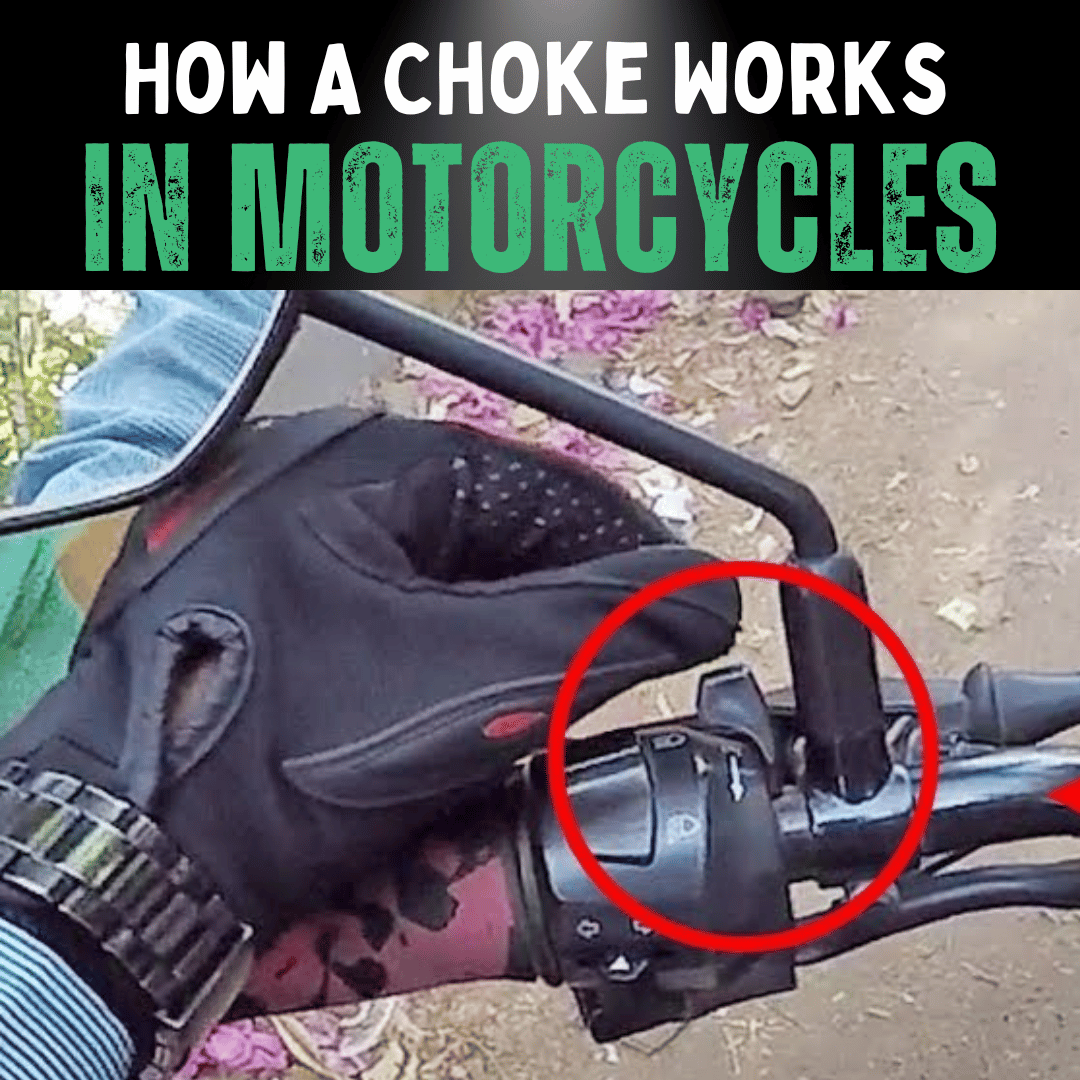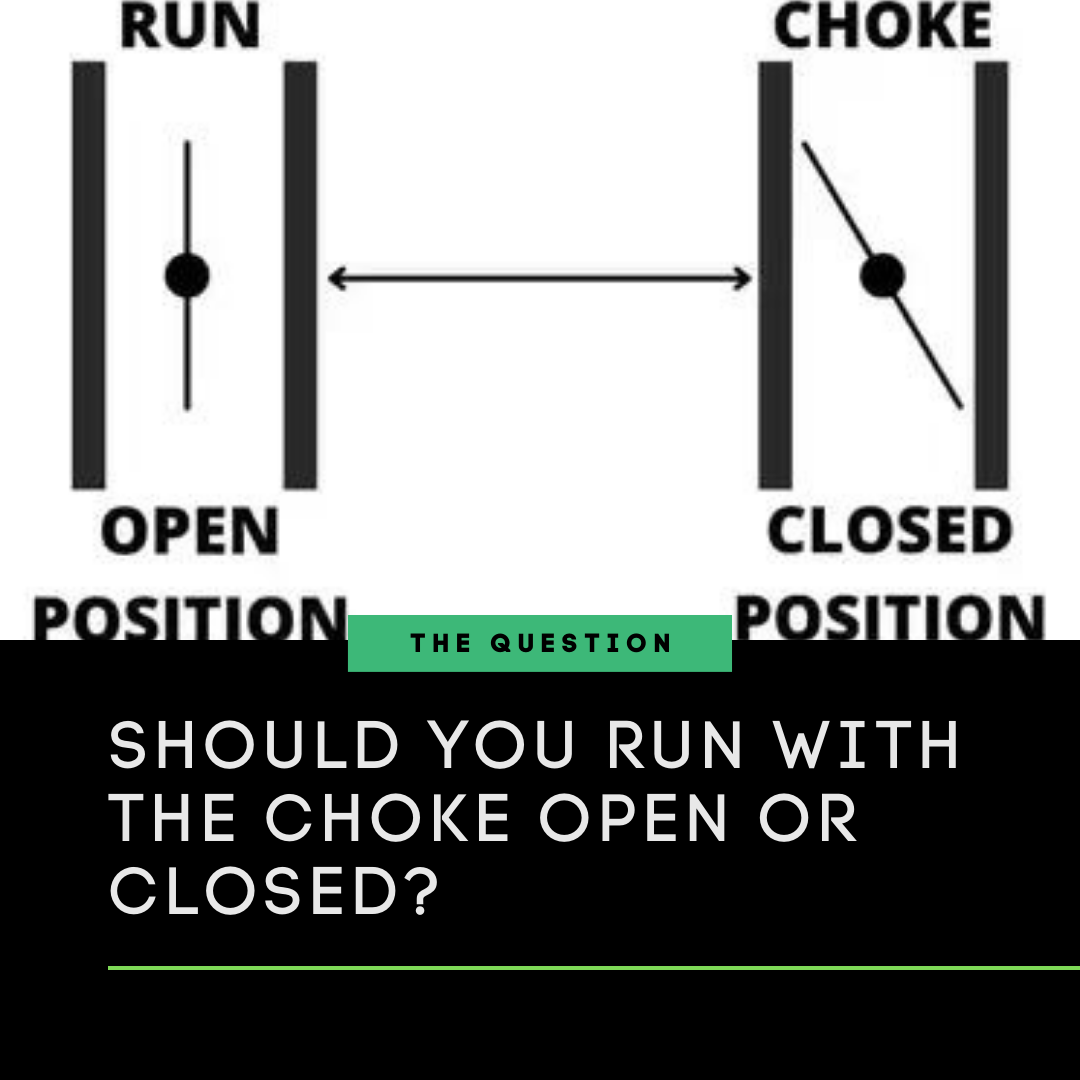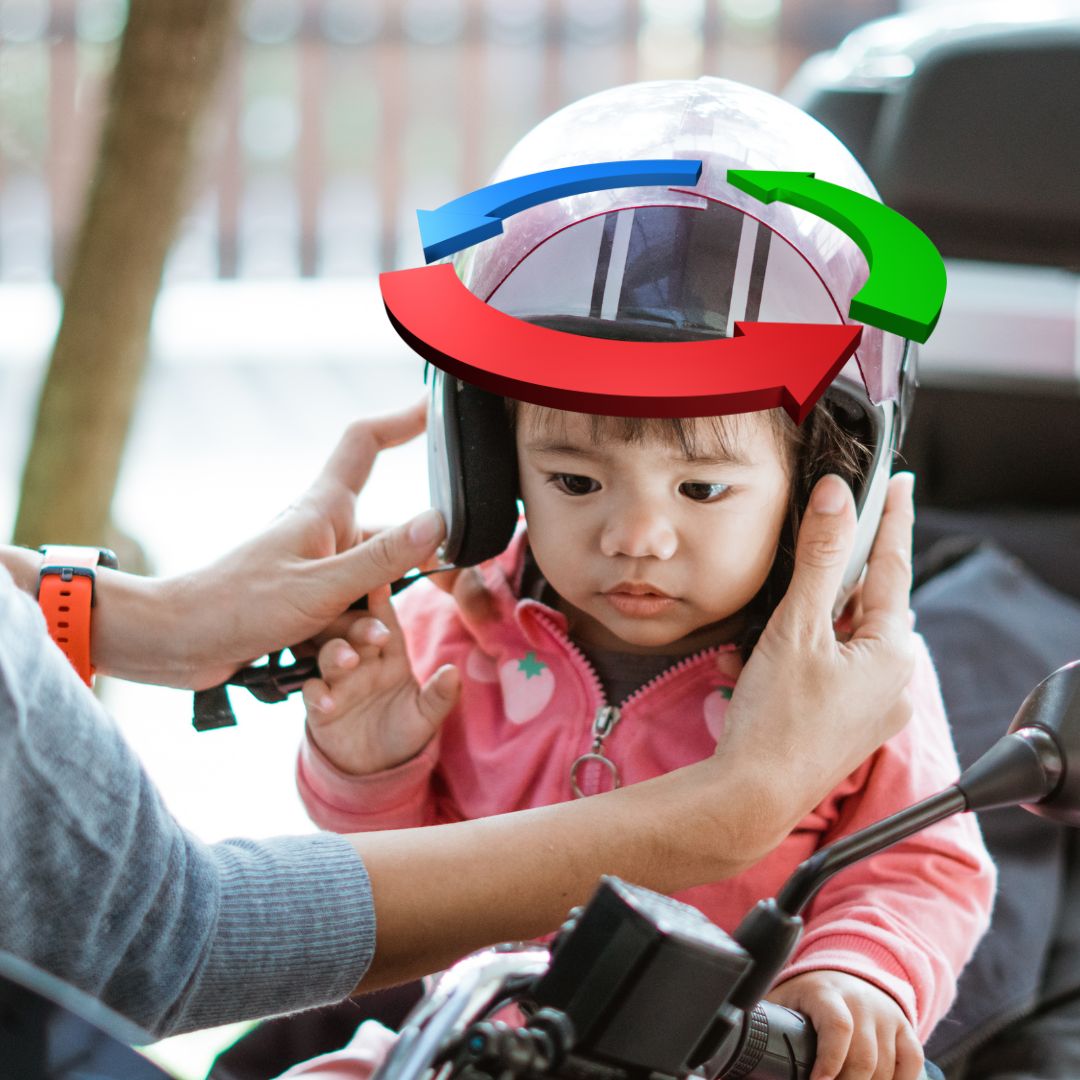
Updated: 27.05.25
Motorcycles symbolize freedom and adventure for riders worldwide. Ever wondered how they start smoothly on cold mornings? The secret lies in the choke.
This guide explores how a motorcycle choke ensures reliable cold starts.
1. How a Motorcycle Choke Works
2. The Role of a Motorcycle Choke
A choke adjusts airflow into the carburetor, enriching the fuel mixture for easier ignition in cold conditions, much like kindling helps start a campfire.
Why Chokes Matter
By balancing the air-fuel mixture, the choke ensures reliable starts, especially in cold weather, enhancing engine performance.
Related: Should You Run With the Choke Open or Closed?
3. Choke Designs Across Manufacturers
Choke technology has evolved from manual levers to automatic systems in modern bikes from brands like Honda and Harley-Davidson, using temperature sensors for ease.
Types of Choke Designs
| Type | Description |
|---|---|
| Pulling Lever | A manual choke valve connected to the carburetor via a lever or cable. |
| Automatic Choke | Uses a metal coil heated by the engine, exhaust, or electricity to adjust the choke plate automatically. |
| Enrichment Valve | Increases fuel flow instead of reducing airflow, varying by bike model. |
| No Choke | Modern fuel-injected bikes use AI-driven fuel injection to adjust mixtures without a choke. |
4. Modern Fuel-Injected Systems
Fuel-injection systems have largely replaced carburetor chokes in 2025, offering precise fuel delivery for better efficiency and lower emissions.
How Fuel Injection Works
- Fuel Supply Module: Delivers high-pressure fuel via a pump and filter.
- Electronic Control Unit (ECU): Optimizes mixtures using sensor data (e.g., air temperature, engine speed).
- Fuel Injectors: Spray fuel into the intake manifold or combustion chamber.
Types of Fuel Injection
- Single-Point Injection: One injector for all cylinders.
- Multi-Point Injection: Individual injectors per cylinder.
- Direct Injection: Fuel injected directly into the combustion chamber.
Fuel Injection vs. Choke Systems
- Efficiency: Fuel injection offers precise control, reducing emissions and improving performance compared to chokes.
- Maintenance: Fuel injection is more reliable but costlier to repair; chokes are simpler but prone to clogging.
- Emissions: Fuel injection meets stricter 2025 emissions standards, unlike choke systems.
5. Maintaining Your Motorcycle Choke
Mechanics ensure chokes function smoothly, much like doctors for engines. Understanding and maintaining your choke enhances your riding experience.
DIY Choke Adjustments
- Visual Inspection: Check choke linkage for wear or damage.
- Lever Movement: Ensure smooth operation of the choke lever.
- Response Check: Test engine response with the choke activated.
Common Choke Issues
- Sticking Choke: Causes rich mixtures post-warm-up.
- Loose Cable: Reduces responsiveness.
- Damaged Components: Impairs choke operation.
Maintenance Tips
- Lubricate choke cables with penetrating oil.
- Replace air filters regularly to optimize airflow.
- Consult a mechanic for persistent issues like rich mixtures.
Related: Essential Tips for Maintaining Your Motorcycle
6. Troubleshooting Choke Issues
| Issue Type | Steps |
|---|---|
| Electric Choke Assembly |
|
| Manual Choke Systems |
|
| Fuel-Injected Engines |
|
| Common Issues |
|
7. When to Seek Professional Help
If your engine struggles to warm up or runs rich, consult a mechanic for a thorough inspection of the choke and fuel system.
Conclusion
The motorcycle choke is key to smooth cold starts, enriching the air-fuel mixture for reliable ignition. Whether you’re a rider or mechanic, understanding its role enhances your biking experience. Ride on!
Frequently Asked Questions
Why is a choke needed for cold motorcycle starts?
A choke enriches the fuel mixture by reducing airflow, aiding ignition in cold conditions when fuel vaporization is difficult.
How can I tell if my motorcycle choke is malfunctioning?
Signs include hard starting, excessive smoke, or high fuel consumption during cold starts. Regular checks can catch issues early.
Do all motorcycle brands use the same choke design?
No, designs vary. Honda may use airflow reduction chokes, while Yamaha often employs enrichment valves, though the goal is the same.
How long should I use the choke during a cold start?
Engage the choke for a few minutes until the engine warms up, then disengage to avoid rich fuel mixtures.
How can I maintain my motorcycle choke affordably?
Lubricate cables, replace air filters, and perform DIY inspections. Seek professional help for complex issues to avoid costly repairs.
Get in Touch 🚀
Loved our guide on Motorcycle Chokes? Explore more tips at RiiRoo.com!
Have questions about motorcycles or ride-on toys? Use our Live Chat for expert advice!






Share:
How Fast Does A 160cc Pit Bike Go?
How To Mix 2 Stroke Fuel For Your Quad Bike (5 SIMPLE STEPS)